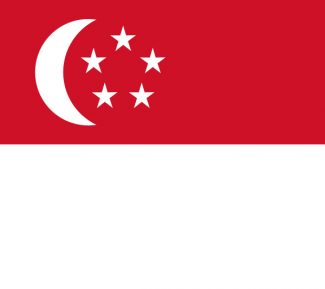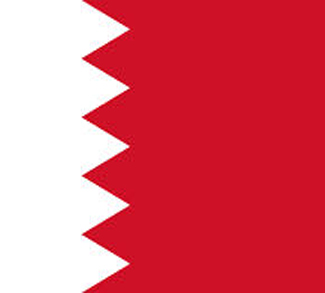Timeline
1810s-1830 – Singapore comes under the economic control of the British East India Company and eventually comes under direct British administration as part of the Straits Settlements.
1827-1941- British development attracts Chinese commerce, becomes one of the world’s foremost trading ports.
1942 – Japan conquers Singapore, British garrison surrenders.
1945 – Singapore recaptured by the British, becomes a crown colony, and enters a period of struggle with communist militants.
1959-1963 – Singapore becomes an independent state. The People’s Action Party (PAP) secures control of the country under Prime Minister Lee Kuan Yew.
1963 – Industry and foreign investment boom. Following a referendum, Singapore merges with Malaysia.
1965- Singapore leaves union with Malaysia, becomes member of the United Nations.
1967- Singapore becomes a founding member of the Association of Southeast Asian Nations (ASEAN).
1970 – 1990 – Steady growth in Singapore while social and political regulation tightens. Lee Kuan Yew resigns in 1990, but remains an influential figurehead.
1990 – Goh Chok Tong becomes prime minister.
1997 – PAP maintains its hold through general elections, opposition fails to mount a credible a challenge.
1997-1998 – Singapore responds effectively to Asian Financial Crisis, introduces wage and other cuts to maintain position as a financial and trading hub.
2001 – PAP sweeps general elections again, Singapore begins instituting strong security and anti-terrorism measures as bomb plot is uncovered.
2003 – Singapore breaks new ground by signing Free Trade Agreement with the United States.
2004 – Goh Chok Tong steps down and is replaced by Lee Kuan Yew’s son, Lee Hsien Loong.
2006 – PAP sweeps general elections again, though opposition is more unified, thanks to internet and prominence of non-traditional media.
2009 – Singapore weathers the global economic crisis, re-establishing some growth within the year.
2011- Despite relatively strong opposition support in the popular vote of the general election, the PAP sweeps the legislature yet again. However, the PAP loses a minority-reserved seat to the opposition party for the first time.
2012 – Singapore faces its first workers’ strike in three decades, as disgruntled Chinese bus drivers stop work over pay dispute.
2013 – Singapore faces rare social unrest surrounding foreign workers. Demonstrators protest the government’s plans to pursue growth through immigration, meanwhile hundreds of foreign workers riot following the death of one of their own.
Political and Social Landscape
Singapore is an affluent city state and international trade hub, known for high employment and a large service sector. It has a commercial and consumerist culture, and it is known for its rigid social standards of decency and propriety. The dominant voice in the social sphere belongs to a conservative moral majority, and mainstream media is carefully regulated.




